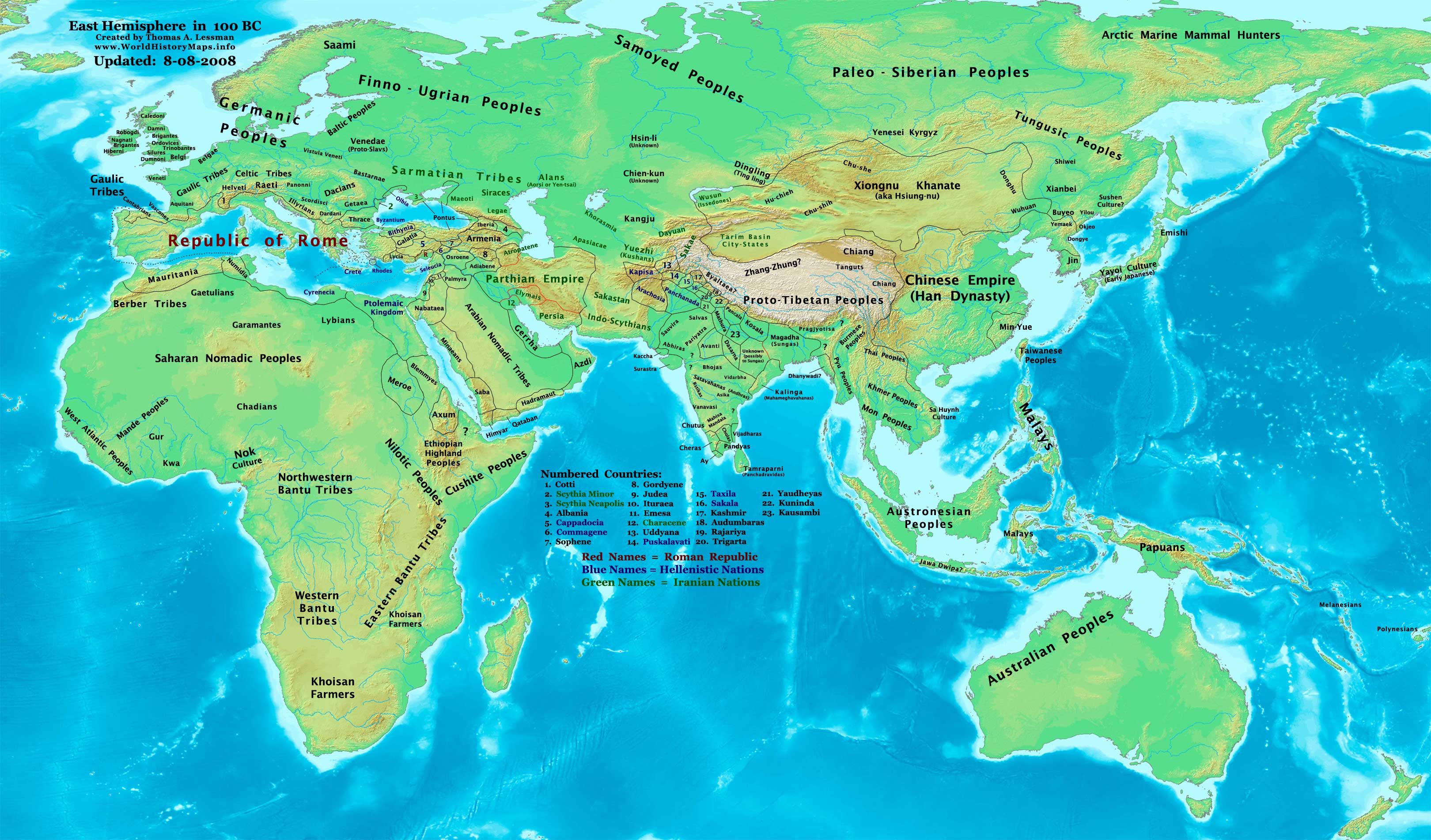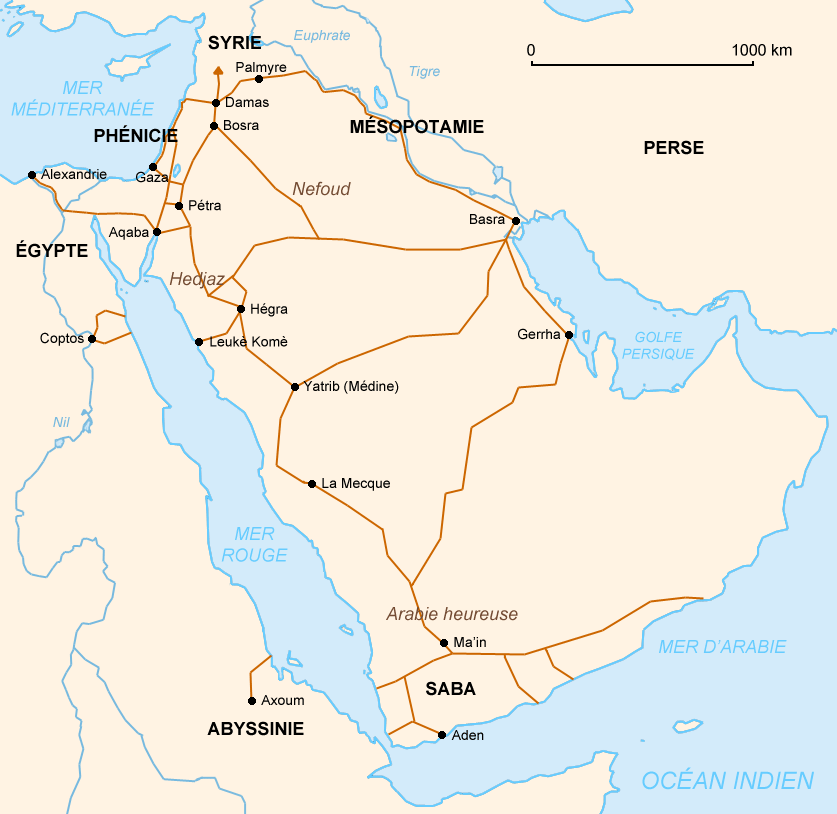Gerrha on:
[Wikipedia]
[Google]
[Amazon]

 Gerrha ( grc, Γέρρα, translit=Gérrha) was an ancient and renowned city within
Gerrha ( grc, Γέρρα, translit=Gérrha) was an ancient and renowned city within

 Gerrha ( grc, Γέρρα, translit=Gérrha) was an ancient and renowned city within
Gerrha ( grc, Γέρρα, translit=Gérrha) was an ancient and renowned city within Eastern Arabia
Eastern Arabia, historically known as al-Baḥrayn ( ar, البحرين) until the 18th century, is a region stretched from Basra to Khasab along the Persian Gulf coast and included parts of modern-day Bahrain, Kuwait, Eastern Saudi Arabia, Unite ...
, on the west side of the Persian Gulf
The Persian Gulf ( fa, خلیج فارس, translit=xalij-e fârs, lit=Gulf of Fars, ), sometimes called the ( ar, اَلْخَلِيْجُ ٱلْعَرَبِيُّ, Al-Khalīj al-ˁArabī), is a mediterranean sea in Western Asia. The bod ...
.
History
Prior to Gerrha, the area belonged to theDilmun
Dilmun, or Telmun, ( Sumerian: , later 𒉌𒌇(𒆠), ni.tukki = DILMUNki; ar, دلمون) was an ancient East Semitic-speaking civilization in Eastern Arabia mentioned from the 3rd millennium BC onwards.
Based on contextual evidence, it was ...
civilization, which was conquered by the Assyrian Empire
Assyrian may refer to:
* Assyrian people, the indigenous ethnic group of Mesopotamia.
* Assyria, a major Mesopotamian kingdom and empire.
** Early Assyrian Period
** Old Assyrian Period
** Middle Assyrian Empire
** Neo-Assyrian Empire
* Assyr ...
in 709 BC. Gerrha was the center of an Arab kingdom from approximately 650 BC to circa AD 300. The kingdom was attacked by Antiochus III the Great
Antiochus III the Great (; grc-gre, Ἀντίoχoς Μέγας ; c. 2413 July 187 BC) was a Greek Hellenistic king and the 6th ruler of the Seleucid Empire, reigning from 222 to 187 BC. He ruled over the region of Syria and large parts of the res ...
in 205-204 BCE who succeeded in conquering modern Bahrain, although Gerrha seems to have survived in modern day Oman. It is currently unknown exactly when Gerrha fell, but the area in Eastern Arabia was invaded by the Iranian
Iranian may refer to:
* Iran, a sovereign state
* Iranian peoples, the speakers of the Iranian languages. The term Iranic peoples is also used for this term to distinguish the pan ethnic term from Iranian, used for the people of Iran
* Iranian lan ...
Sasanian Empire’s forces after AD 300.
Description
Strabo described the city as having "fancy tools made out of gold and silver, such as the family gold, right awa'imtriangles, and their drinking glass, let alone their large homes which have their doors, walls, roofs filled with colors, gold, silver, and holy stones"Location and etymology
To the Ancient Greeks, eastern Arabia (the present-day al-Hasa province) was known as Gerrha after its capital city. Gerrha was a Greek alteration of the Arabic Hajar (present-dayHofuf
Al-Hofuf ( ar, ٱلْهُفُوف ', also spelled Hofuf or Hufuf, also known as "Al-Hasa", "Al-Ahsa" or "Al-Hassa") is the major urban city in the Al-Ahsa Oasis in the Eastern Province of Saudi Arabia, with a population of 858,395 (as of 202 ...
), the name of the largest city of ancient Bahrayn (Bahrayn was also known as Hagar or Gerrha in Hellenistic
In Classical antiquity, the Hellenistic period covers the time in Mediterranean history after Classical Greece, between the death of Alexander the Great in 323 BC and the emergence of the Roman Empire, as signified by the Battle of Actium in ...
times). Other English spellings are ''Hajar Hufuf, Hajar Hasa' Hajarah''. Hagar (Gerrha) is not to be confused with the west Arabian Al-Hijr (al-Hijrah, ancient Hegra), the present-day Mada'in Saleh
Hegra ( grc, Ἕγρα), known to Muslims as Al-Hijr (), also known as Mada’in Salih ( ar, مَدَائِن صَالِح, madāʼin Ṣāliḥ, lit=Cities of Salih), is an archaeological site located in the area of Al-'Ula within Medina Provin ...
or al-Ula near the Red Sea. Al-Hamdani says the etymology of ''Hajar'' means ‘large village’ in the Himyaritic language
Himyaritic is an unattested or sparsely attested Semitic language that was spoken in ancient Yemen, by the Himyarite tribal confederacy. It was a Semitic language but either did not belong to the Old South Arabian (''Sayhadic'') languages accordi ...
(derived from Hakar).
Another location suggested as Gerrha is Thaj
Thirteen ancient towns have been discovered in Saudi Arabia up to the present day. These include Qaryat al-Fāw, the Al-Ukhdūd archeological area, Hegra (Madā'in Ṣālih), Jubbah, Tārūt, Al-Shuwayḥaṭiyah, Thāj, Taimaa and Dūmat Al-Jand ...
which was built in the period of the Greeks, after the conquest of Alexander
Alexander is a male given name. The most prominent bearer of the name is Alexander the Great, the king of the Ancient Greek kingdom of Macedonia who created one of the largest empires in ancient history.
Variants listed here are Aleksandar, Al ...
in 330 BC.
The city of Gerrha was taken by the Qarmatians at the end of the ninth century. It was from the Persian Gulf near present-day Hofuf
Al-Hofuf ( ar, ٱلْهُفُوف ', also spelled Hofuf or Hufuf, also known as "Al-Hasa", "Al-Ahsa" or "Al-Hassa") is the major urban city in the Al-Ahsa Oasis in the Eastern Province of Saudi Arabia, with a population of 858,395 (as of 202 ...
. The researcher Abdulkhaliq Al Janbi argued in his book that Gerrha was most likely the ancient city of Hajar, located in modern-day Al-Ahsa, Saudi Arabia
Saudi Arabia, officially the Kingdom of Saudi Arabia (KSA), is a country in Western Asia. It covers the bulk of the Arabian Peninsula, and has a land area of about , making it the fifth-largest country in Asia, the second-largest in the A ...
. Al-Janbi's theory is the most widely accepted one by modern scholars, although there are some difficulties with this argument, given that Al-Ahsa is 60 km inland and thus less likely to be the starting point for a trader's route, making a location within the archipelago of islands comprising the modern Kingdom of Bahrain
Bahrain ( ; ; ar, البحرين, al-Bahrayn, locally ), officially the Kingdom of Bahrain, ' is an island country in Western Asia. It is situated on the Persian Gulf, and comprises a small archipelago made up of 50 natural islands and an ad ...
, particularly the main island of Bahrain itself, another possibility.
Origins of the inhabitants of Gerrha
Strabo described the inhabitants as Arabs, saying, "Because of their trade, the Gerrhans became the richest of the Arabs". Other sources agree that the inhabitants were indeed Arab.Petroglyphs
A petroglyph is an image created by removing part of a rock surface by incising, picking, carving, or abrading, as a form of rock art. Outside North America, scholars often use terms such as "carving", "engraving", or other descriptions ...
that were found in Greece were found to have been sent by a man from Gerrha called 'Taym Al Lat', an Arab name that means 'servant of Al-lat
Al-Lat ( ar, اللات, translit=Al-Lāt, ), also spelled Allat, Allatu and Alilat, is a pre-Islamic Arabian goddess worshipped under various associations throughout the entire Arabian Peninsula, including Mecca where she was worshipped alon ...
'.
See also
* Chaldea *Eastern Arabia
Eastern Arabia, historically known as al-Baḥrayn ( ar, البحرين) until the 18th century, is a region stretched from Basra to Khasab along the Persian Gulf coast and included parts of modern-day Bahrain, Kuwait, Eastern Saudi Arabia, Unite ...
* Uqair
Uqair (), alternatively spelled as al-'Uqair, Uqayr, and Ogair, is an ancient seaport city in the Al-Ahsa Governorate of the Eastern Province of Saudi Arabia. It is the first seaport in the Persian Gulf and has been linked by some to the ancient ...
, an ancient fort suggested by some historians as the location of Gerrha
Footnotes
References
* Bibby, Geoffrey (1970). ''Looking for Dilmun''. Collins, London. . * Potts, D. T. (1990). ''The Arabian Gulf in Antiquity Volume II: From Alexander the Great to the Coming of Islam.'' Oxford, Clarendon Press. {{coord missing, Saudi Arabia Archaeological sites in Saudi Arabia Ancient cities of the Middle East Former populated places in Southwest Asia Populated places along the Silk Road History of Eastern Arabia